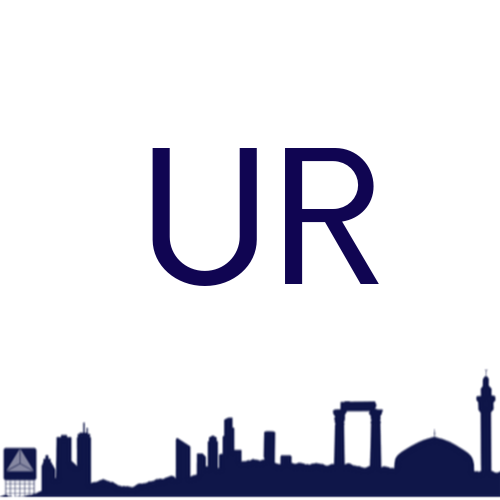The Problem
Two-thirds of the world’s refugees live in cities. Most don’t get the aid they deserve.
These “urban refugees” have significantly less access to aid than camp refugees, and far less research is available about their welfare. From housing to language barriers to health complications, the governments that take these refugees in also take on a huge responsibility in caring for them, often leaving urban refugees deprived of the aid that they deserve.
Our Solution
An app to map aid in urban centers.
“Urban Refuge” shows refugees and other vulnerable peoples where they can access life-saving aid within a 1-mile radius while remaining anonymous. The app takes scattered aid resources including medical centers, day cares, and food banks and lists them in refugees’ native languages. It also provides directions and basic details in order to facilitate access. “Urban Refuge” can also be applied to other vulnerable populations such as undocumented workers and homeless citizens.
Our Impact
3 years, 6 partners, 1 city mapped.
“Urban Refuge” began in 2016 from an incubator course at Boston University. Since then, we have spent 3 years conducting research on the needs of refugees in urban spaces. Over these three years, we have teamed up with 6 partner organizations, ranging from tech to data to funding, invested in helping us put aid on the map.
We have actively mapped one city: Amman, Jordan, and are currently expanding to other parts of the world, including Istanbul and California.



